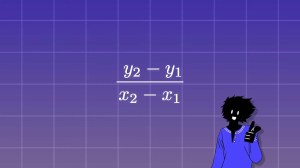Renowned physicist Brian Cox narrated a beautiful stop motion paper animation for The Royal Society that explained the science of simple snowflakes. He explains exactly why no two are alike and why snowflakes are always hexagonal.
Snowflakes are intricate, beautiful, mysterious, and totally captivating. But for all their complexity – and endless variety — the structure of a snowflake can be explained by a few universal laws of nature. ….Gravity makes it fall. Electromagnetism dictates its shape. And you’ve got symmetry. It’s the same with the stars, and solar systems, and planets.
He also touches on why the symmetry of snowflakes is always pleasing to the human brain and how snowflakes are not actually white.
Scientists have shown that symmetry is incredibly pleasing to the human brain. Snowflakes are all radially symmetrical, which means you can cut them into identical slices, like a cake. …And nature has one last trick up its sleeve. Snowflakes aren’t actually white. They’re clear, but they have lots of edges, and this scatters the light, making them appear white.







